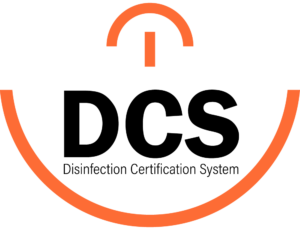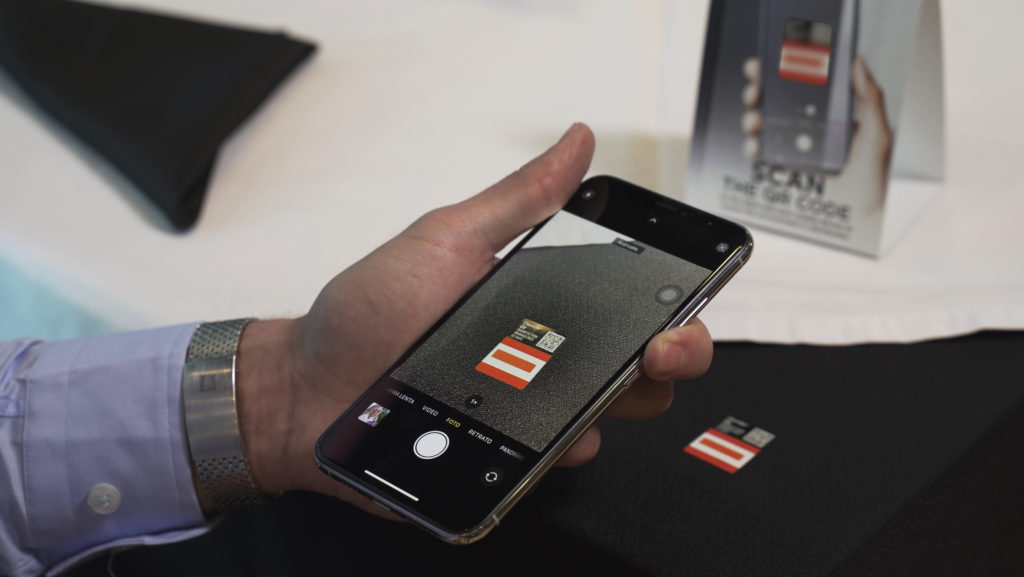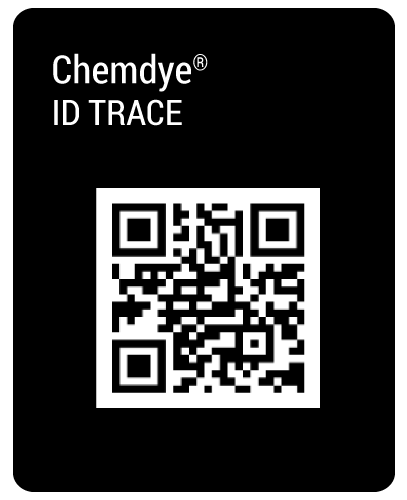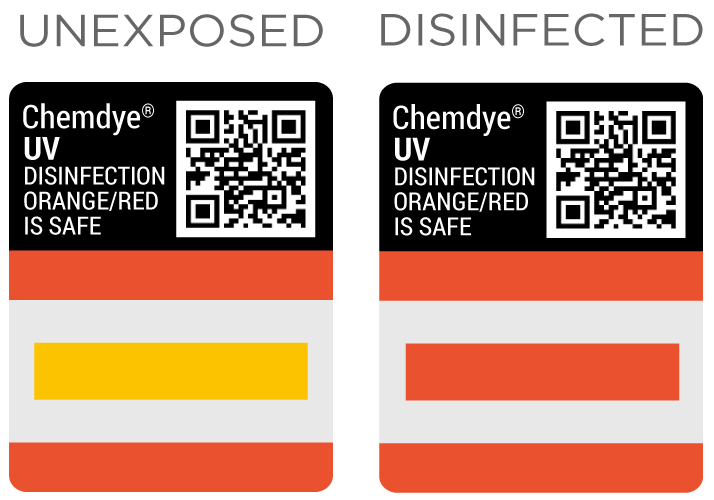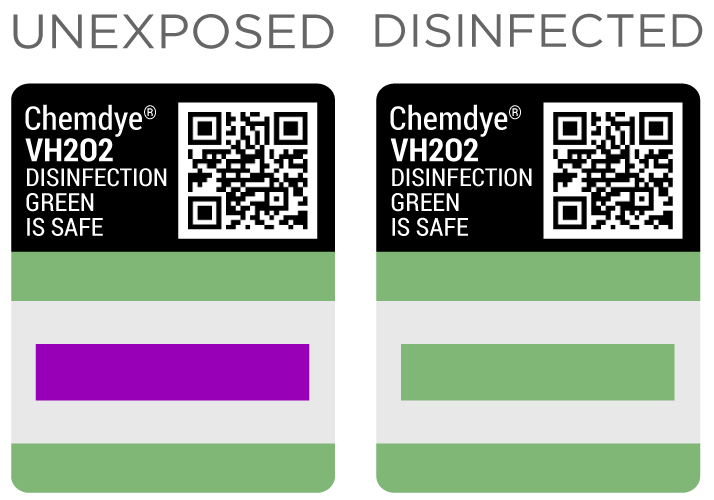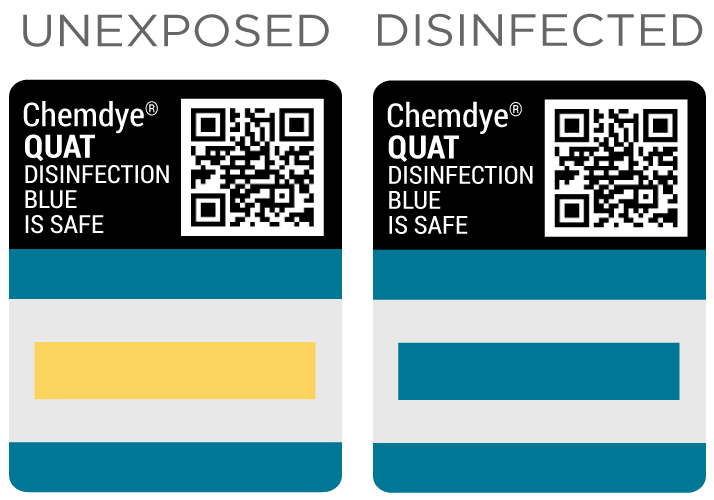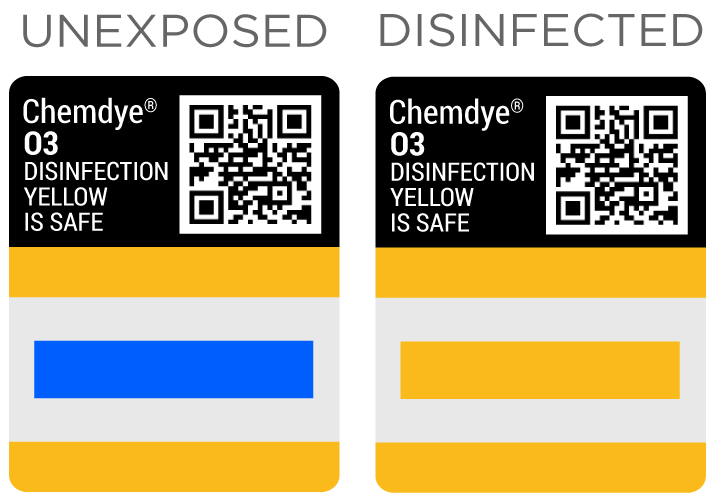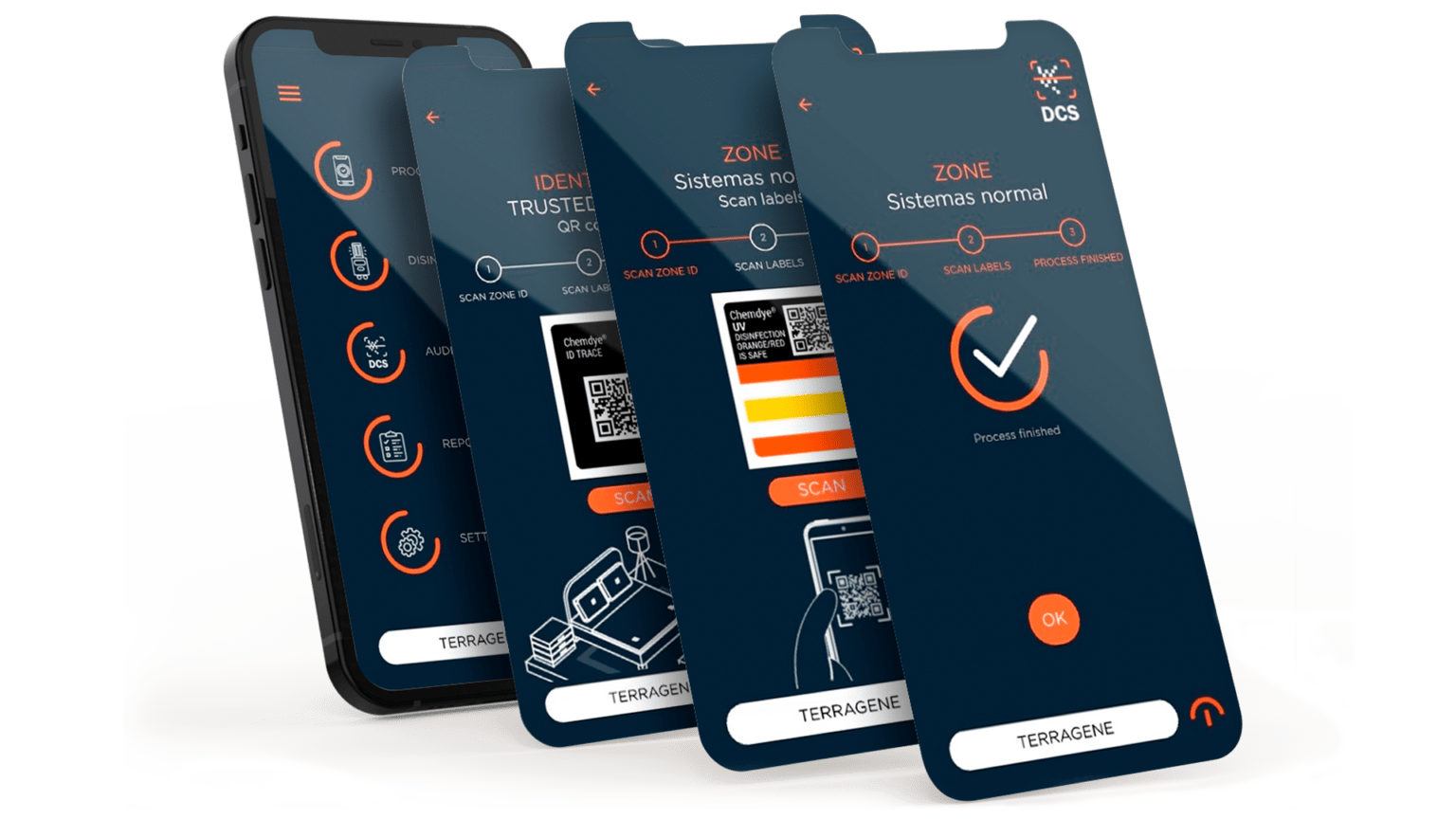Due to this situation, certifying that any available space for human use is disinfected has become indispensable, and that is the reason that we have created the first world Disinfection Certification System. It uses quality standards similar to those used in operating rooms, but with the simplicity and portability of a mobile APP and the traceability of QR codes, to record levels of disinfection of environments.
